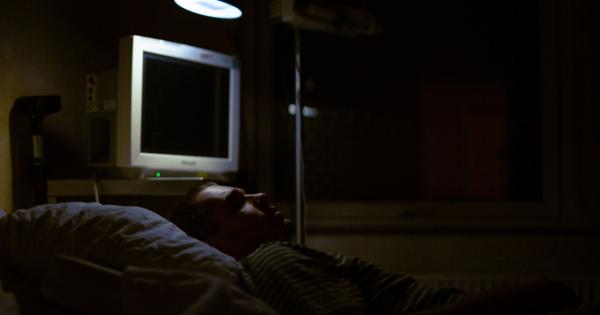For people living with complete blindness, everyday activities can be challenging and frustrating. However, a new breakthrough drug offers new hope. The drug, called AAQ, enables the blind to sense light and regain some of their visual abilities.
This has the potential to revolutionize the way we think about blindness and the ways in which we can help those who live with the condition.
The Science Behind AAQ
AAQ is a drug that was developed to allow researchers to explore the role of the protein called Channelrhodopsin-2 (ChR2) in vision. ChR2 has naturally occurring light-sensitivity found in some algae species.
It was found that the protein could be engineered to respond to light when used in other organisms. The protein ChR2 is injected into the eye after intravenous injection of AAQ which helps to deliver ChR2 to the retina. This enables the parts of the retina that are still functional in the blind to become light-sensitive.
Tests and Results
The first clinical trial of AAQ began in 2012 and since then, there has been a lot of progress. The initial tests involved five people with complete blindness, and the results were remarkable.
Those who participated in the trial were able to detect light and experience an improvement in their visual abilities. The study found that the drug had no adverse side effects and that the full effect of the treatment took a few days to manifest.
Although the results are promising, it is important to note that the drug is still in the early stages of testing. There is a lot of work that needs to be done to assess its long-term effects on vision and more comprehensive clinical trials.
However, it is an exciting development that offers hope to millions of people worldwide who live with complete blindness.
Potential Implications of AAQ
The development of AAQ has the potential to revolutionize the field of ophthalmology and open up new possibilities for people with blindness. For many people, the ability to detect light and movement can make a big difference in everyday life.
For example, a person with complete blindness may be able to detect the presence of an object or understand when it’s daytime or nighttime.
In the long term, the development of AAQ could potentially lead to the development of other treatments for blindness. It is possible that the drug could be adapted to treat other visual conditions such as glaucoma as well.
The implications of this breakthrough are far-reaching and could help millions of people worldwide who live with vision impairment.
The Future of AAQ
The future of AAQ looks bright. The drug has the potential to revolutionize the way we think about blindness and help millions of people worldwide. However, more work needs to be done to assess its long-term effects on vision.
More studies are needed to determine if the drug is safe and effective before it can be approved for widespread use.
The development of AAQ is a significant breakthrough, but it is just the beginning. It represents a new direction in the field of ophthalmology and offers new hope for people with blindness.
The drug has the potential to revolutionize the field and change the lives of millions of people around the world.
Conclusion
The development of AAQ is an exciting development in the field of ophthalmology. It offers hope to millions of people worldwide who live with blindness.
The drug has the potential to revolutionize the way we think about blindness and treatments for vision impairment. Although more studies are needed, the future looks bright for AAQ, and we can expect to see more developments in this field in the coming years.






























